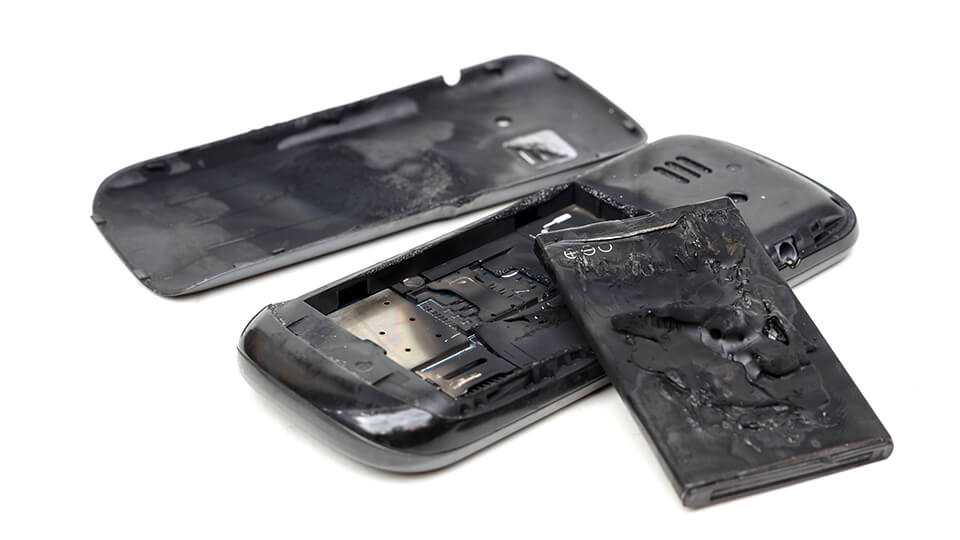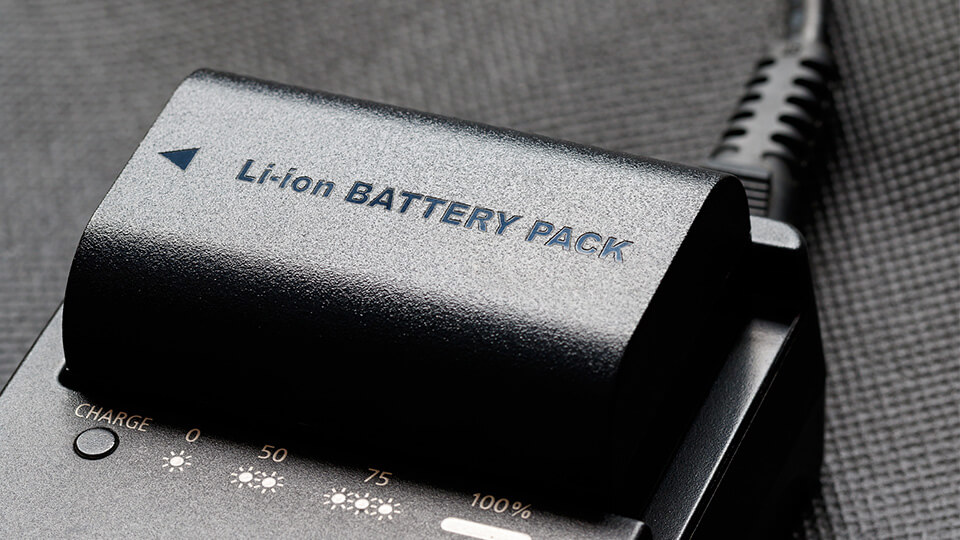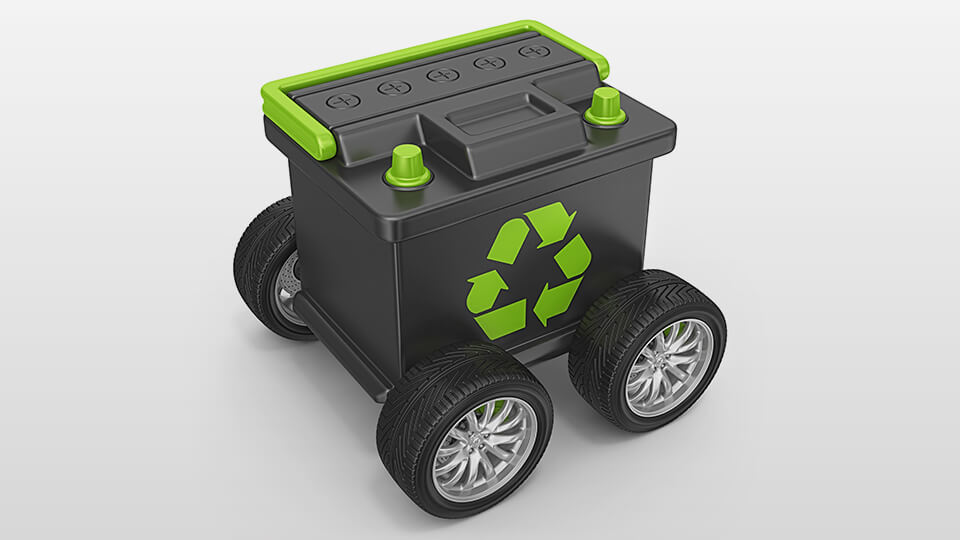Australian researchers are on the verge of producing a revolution in battery technology, promising to overcome the problems of exploding mobile phones and avoiding the pollution problems associated with conventional batteries.
Add to that super-fast charging, low cost and the ability to deliver high quantities of power in very short time frames, and it sounds like the BEST thing since the proverbial.
The Bolt Electricity Storage Technology (BEST) battery is a graphene-oxide based supercapacitor developed by a team headed by Professor Baohua Jia and Dr Han Lin at Swinburne University of Technology in Melbourne.
Supercapacitors work by moving electrically charged atoms (ions) from one electrode to another. It’s a purely physical process that avoids the chemical reactions and hazardous components of conventional batteries.
Moving ions doesn’t degrade the supercapacitor so it can theoretically be recharged millions of times.
In practice, that number should easily exceed 10,000 cycles, giving the batteries lifespans measured in decades rather than years.
One problem that has beset supercapacitors, until now, is the relatively small amount of energy they can hold per unit weight.
This is a big issue when batteries need to be crammed into mobile phones and laptops or lugged around in electric vehicles. In these applications, lithium batteries that can store up to 240 watt-hours per kilogram (Wh/kg) reign.
Conventional supercapacitors can only store 8-10 Wh/kg, but graphene is showing that it can change that.
A one atom thick sheet of carbon atoms, graphene has a huge surface area for its weight and an excellent ability to conduct electricity. It’s been used to make supercapacitors that can hold 50-100 Wh/kg, at least at the lab scale, with claims that this can be boosted to 350 Wh/kg within a few years.
On top of that, supercapacitors can be recharged in seconds or minutes, rather than hours.
For now, the Swinburne team and their commercial partners are focusing on stationary applications – storing the surplus output from solar panels to be used when the sun isn’t shining. Energy capacity per kilogram is less of an issue here, but safety, longevity and cost are key attractions.
Melbourne-based electronics company Kremford expects to take two years to develop a manufacturing process for the commercial production of batteries based on the Swinburne technology. If they succeed, it could lead to a real battle between lithium batteries in one corner and BEST supercapacitors in the other.
Ecocycle Business Development Manager Daryl Moyle is watching the development with interest.
“We keep an eye on emerging battery technologies and what Swinburne and their partners are doing looks very exciting. But graphene is only one component of the full battery, so it will be interesting to see its final make up. There’s sure to be something in there that will need to be recycled,” he said.





